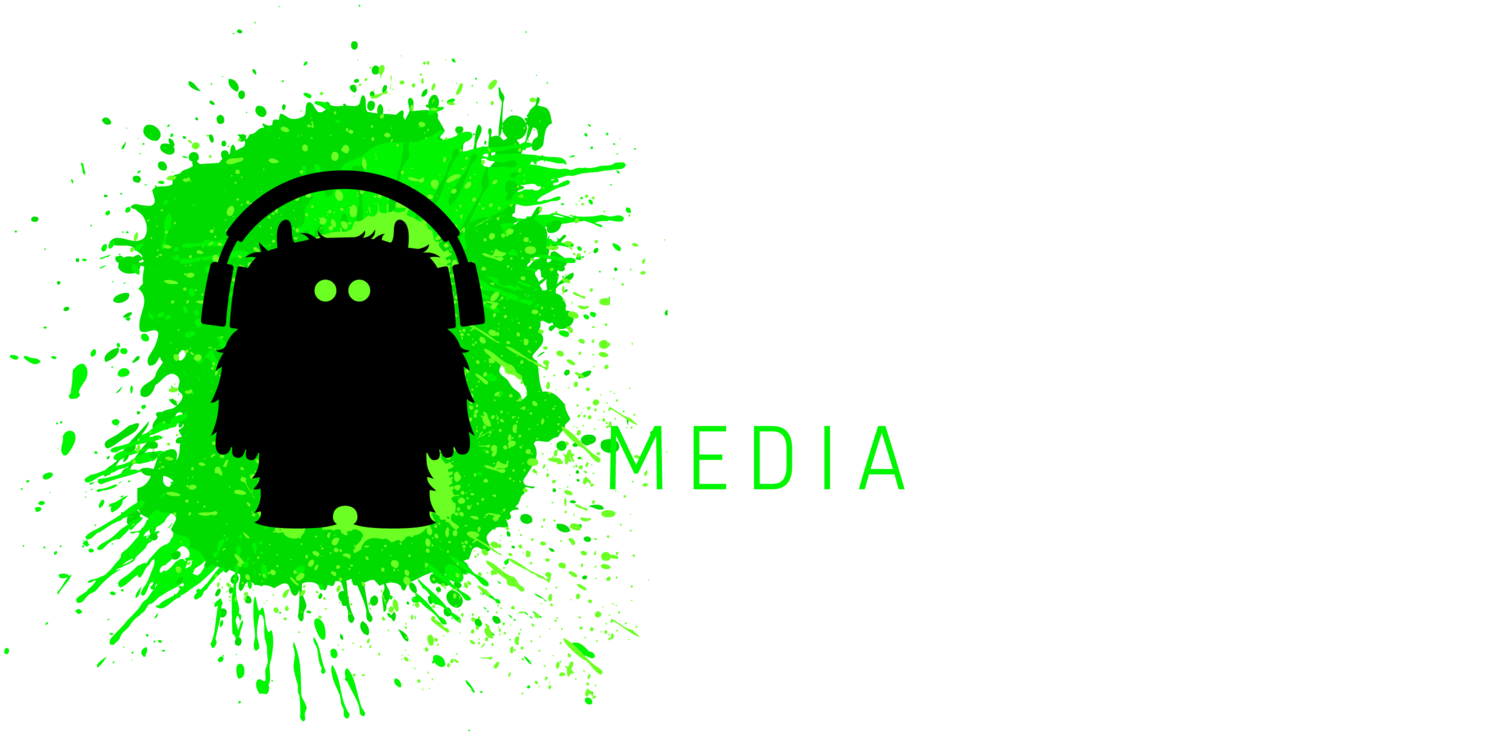What is sound design?
Sound design is just that; designing sounds, atmospheres, and FX using sound. TV, movies, film, online…. Sound design is everywhere. However when used regarding radio imaging, the term becomes a little more specific.
Whoosh, Bang, Fizz, Waaaaaaaaah!
When I first started learning production, I used all manner of terms to describe what I now know as sound design. “Ermm, yknow,the whooshes and bangs… glitches, fuzz…” All the usual descriptive words. I thought these sounds were magical. They sounded so full of energy, punch, and power – and in the first station I was involved with, they were just ‘there’ – in a folder, ready to go. I never gave much thought as to how they were created, how bespoke sound design can make such a difference to an on air station sound, how different formats rely on a specific style of sound design.
As the years passed, I found myself looking for more specific FX sounds to use in my imaging work. And, as I became more observant and critical as to what I wanted, I decided to have a bash at creating these sounds myself… and they were terrible to begin with! It was at this point that I realised how much of an art form sound design really is. How much effort, structure and creativity go into each element that sometimes last for only a fleeting second… and I loved it.
Go Nuts and Create!
Now this is the fun part. Most of my sound design elements I use today have been born out of chaos. Minutes, hours, days bashing away on synths and MIDI controllers using all manner of crazy sounding patches and pitches, randomly creating noise in the pursuit of ‘something’ grabbing my ear, that happy little accident that makes me think “Oh yeah, that’s cool – I’ll bank that”. And so the cycle continues… until I have a handful of sounds that I can focus in on more critically, and start to craft with some sort of purpose – whether it be a rhythmic segue, a short noise burst, or a deep hard hitting impact.
Layers and layers and layers….
Layering different sounds and utilizing plugins (particularly EQ and compression) to gel them together can create some awesome new sounds entirely. It’s at this point where elements start taking shape, and you can tweak and meld different sounds together. It’s also probably the most time consuming part, as looking for, and achieving, the timbre and feel you’re after can take a lot of time and patience.
Know where you’re going
I learnt from experience that it’s crucial to know what it is that you’re trying to design sonically, otherwise you can find yourself in a loop endlessly tweaking or altering your sounds. If you don’t have an end goal, how do you know when you get there? Some key questions to ask yourself: What frequencies need boosting/cutting to get that ‘feel’? Can you analyse a similar sound to identify those frequencies? How much dynamic range? Or can it be crushed? Is it rhythmic or tonal? Where will you be using this piece of sound design ideally? All these questions help me focus in on what it is I’m trying to achieve.
Mastering
Treat your elements like a piece of music. Mastering provides the gloss and ensures they sit in the right space together (I attribute this piece of advice to Chris Nicol of IMGR). Be careful regarding dynamics though – many a time I’ve crushed an impact too much and lot all dynamic range, losing all the ‘cut’ when using it in a piece of imaging. Subtle and selective is the key.
Sound design creation is great fun, but can be very time consuming. Hopefully the above gives a short insight into the process!
Adam.


